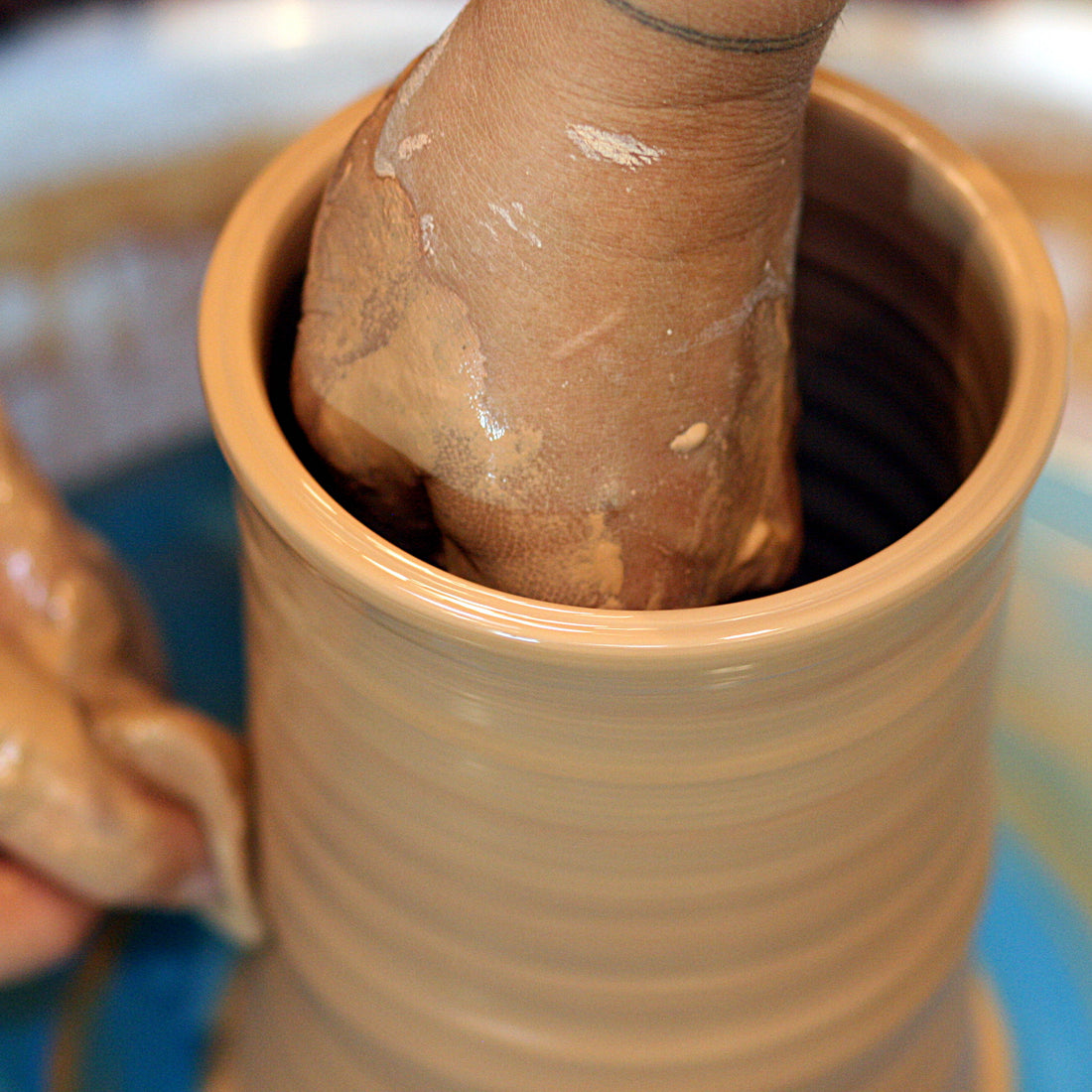
We don't really make much money on gallery sales.
There's a few reasons for that: First and most importantly, we pay a 60% commission on most work we sell. We know how hard it is to make a living as an independent artist, and we believe our artists deserve the biggest slice of the pie.
But that remaining 40% has to stretch a long way:
- it costs about $200 per day to keep the gallery staffed;
- shipping costs can eat another 10% - 20% of the sales price;
- there's the labor to inventory and photograph and store and display and rearrange and dust everything that comes in the door;
- we support our artists through paid marketing, online and in print;
- and then there's the overhead like rent, insurance, and literally paying to keep the lights on.
But this isn't meant to be a sob story. Even if the gallery was a perpetual money-loser, we'd stick with it; it is an essential part of our mission. I call the role it plays, Completing The Craft Circle.
People come to our studio for a wide variety of reasons. Some folks look for social connection; others want a meditative, personal hobby. Some dream of opening a pottery studio of their own, while others dream of one day just making a decent handle.
We don't just provide a space for these pottery ambitions; we also provide a context. Pottery is an ancient practice and a field of constant innovation. One of our jobs is to help folks–from raw newbies to seasoned throwers–see how their work fits into the wider conversation happening around them. Our pottery shop is an important part of that, and we're constantly bringing in new work to provide fresh inspiration to our community.
We also have a pottery shop to demonstrate that this is not just an idle practice. For some of us, this is a capital-J Job, with all the pressures and pleasures that entails. Professional potters (and makers of all types) fill an important need within the community, maintaining and passing along the essential technologies and approaches that are at the root of innovation.
Innovation is not a line; it's a circle: from inspiration to practice to mastery to appreciation–and around again to inspiration. When folks sit at the pottery wheel, you can't tell where they are in that circle. Maybe they're starting out, centering a lump for the first time. Maybe they're deep in practice, repeating a form until it translates from vision to reality. Maybe they're throwing an order for a customer who loves that vision.
And maybe they're a veteran who is starting out once again, centering a new lump, finding a new idea... to grow the community of potters, to spread the joy of this essential work, and to bring more people into the circle.
Steve Leroux is co-owner of Saltstone Ceramics and Ruby Pear Woodworks, and he too dreams of one day making a decent handle. He can be reached at steve@saltstoneceramics.com.

